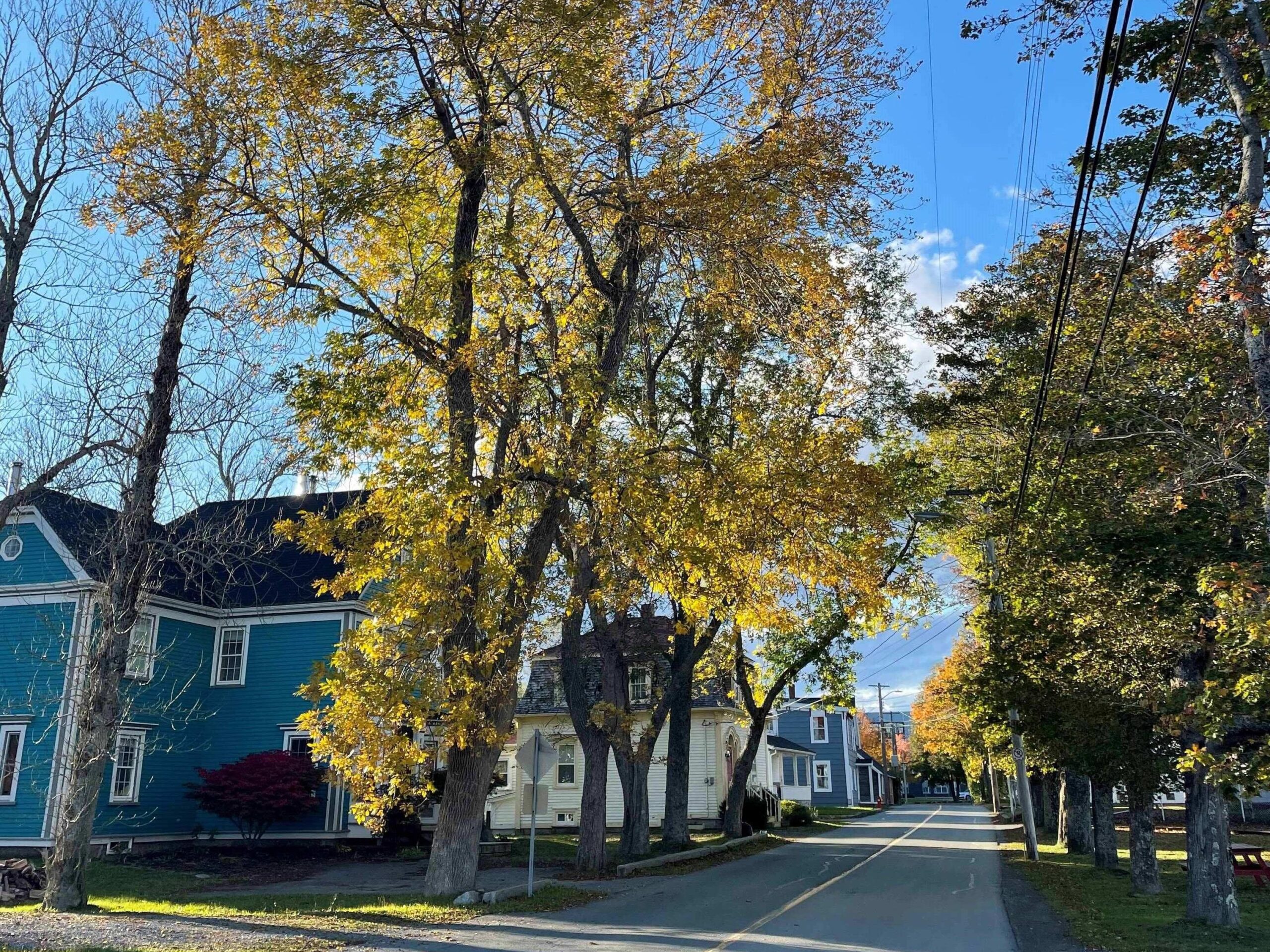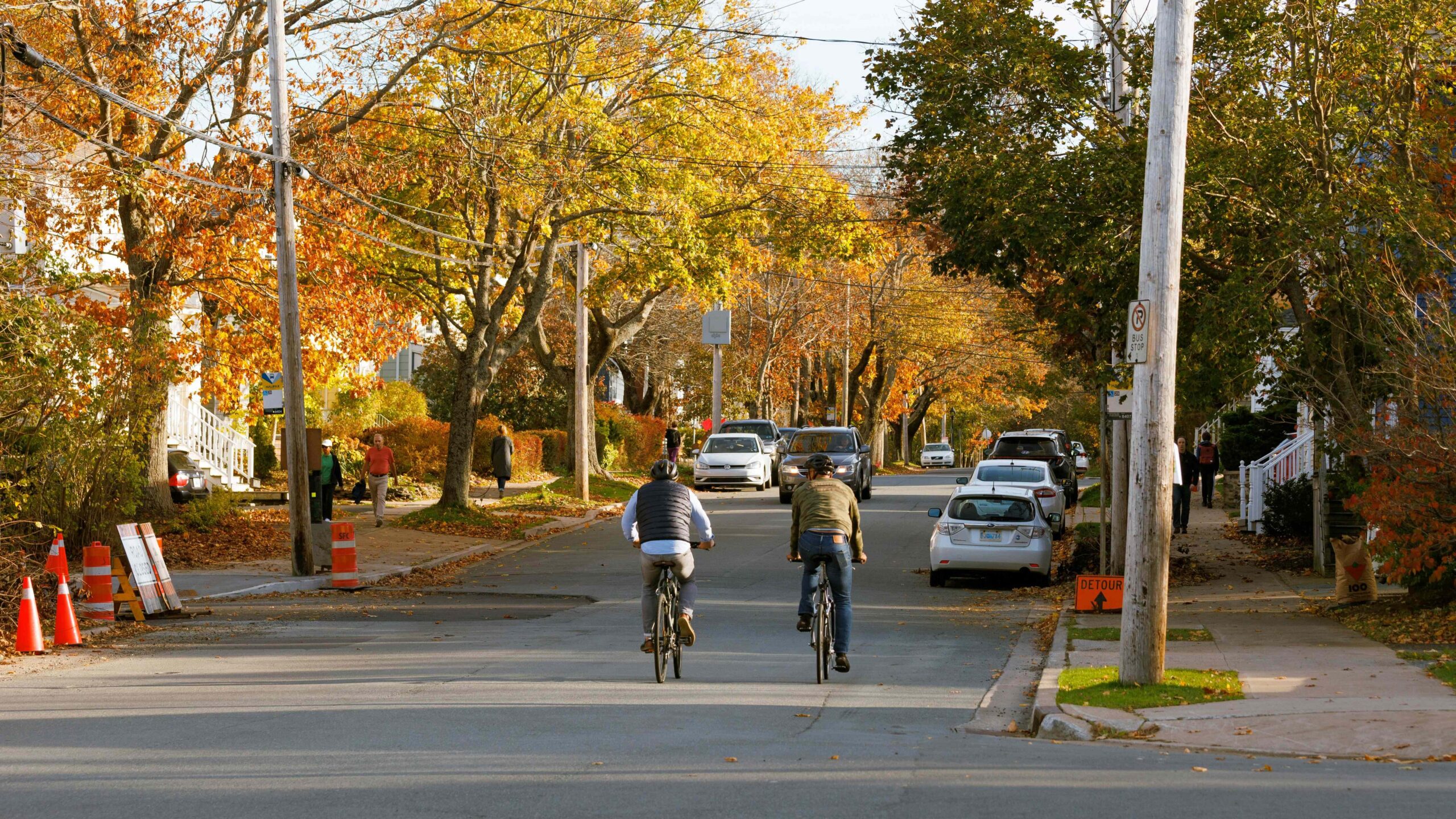
Canada’s Housing Accelerator Fund (HAF) is driving a major shift in how communities approach their zoning, incentivizing municipalities – big and small – to allow for more dwelling units in traditionally low-density neighbourhoods (think: areas dominated by single-family homes). In many cases, local governments are drafting and implementing policies and regulations that broadly raise the minimum density permissions to four units per lot, along with secondary suites like basement or backyard apartments and laneway houses. The goal? To create more (and a more diverse) housing supply, improve affordability, and accommodate growth in ways that are more cost effective to service.
But as with many land use planning decisions, public reactions are mixed. In many communities, there is vocal opposition, with concerns that increased density will harm neighbourhood character, strain infrastructure, or reduce general quality of life. These are familiar political dynamics for anyone that has read a news story or two about new development in their community, let alone been engaged in the planning process directly. The HAF itself is a response to this, putting money on the table to create an immediate and tangible cost for choosing to maintain the status quo where previously one did not exist. Trade-offs always exist in planning, and there must be room for healthy debate of the merits. Yet hysterics are also common. All manner of fears have been raised about the doom such policy changes will unleash. For those genuinely concerned, we are happy to say the reality of how these changes play out is far less dramatic than many fear.
Zoning Changes vs. Actual Development
Just because new zoning rules allow for more housing does not mean new construction will immediately appear or that the makeup of an entire neighbourhood will be changed. The actual uptake of minor upzoning is often slow, sporadic, and dispersed. What happens, and when, depends on multiple factors, including:
- Financial feasibility – To be built at scale, 4-unit housing projects must be embraced by the development industry, and firms in this niche will follow a rationale. Properties will not redevelop unless they can obtain financing and can expect a solid return on investment. Construction costs, interest rates, and market demand all influence whether a project makes sense in its own right. Further, the attractiveness of these small-scale developments relative to other development opportunities may result in industry prioritising larger projects, or greenfield development, leaving 4-unit construction lagging – even if feasible.
The majority of properties are owned by regular people outside the industry. While individual property owners can certainly be less rational or tied to factors beyond the business case, they are also more risk averse, less capitalised, and unmotivated in comparison. Why do you think provincial and federal grant and financing programs exist to incentivize secondary suites? Governments know property owners face large gaps that need to be bridged to make things happen. Even then, our conversations with policy administrators over the years suggest these programs are mostly supporting people who want to add secondary suites for family-related reasons, rather than a profit motive. - Physical constraints – Not all lots are well-suited for additional units, nor are siting requirements of these 4-unit dwellings achievable for every property. While the approach to broadly permit this type of development is pretty consistent under HAF, municipalities can vary on details and standards. Enabled everywhere is not the same as possible everywhere; any number of potential issues like narrow frontages, limited backyard space, or restrictive setbacks can make redevelopment impractical for a particular property. Even where planning requirements can be accommodated, sometimes other parties with jurisdiction in the process can throw their own fly in the ointment, such as independent utility companies whose policies may make it impossible to extend services to a backyard suite.
The existing structure itself can also present challenges that make conversion more trouble than it is worth. Disturbance of otherwise safe and stable hazardous materials used in the past may add cost. Legacy home layouts, construction methods, and code compliance can make design a challenge or result in awkward units that simply underperform the market on price. While most problems can be solved with enough money, once fully considered and compared to the value of the property in its present state, it can often be that the juice is simply not worth the squeeze.
- Owner inclination – The often-overlooked factor is that redevelopment relies on individual property owners choosing to act. Many have no desire to rebuild or add units, especially if they plan to stay in their homes long-term, are comfortable financially, or want to pass the property on to family.
Decades of public policy catering to home ownership results in many complicating factors to consider, particularly when the property serves as the owner’s primary residence. Adding additional units or wholesale redevelopment may introduce capital gains tax liabilities on a future sale. It may have significant implications for property taxes and insurance rates. The units themselves will create new responsibilities and complications for owners who are not currently landlords. And for all they give up, the rent from these units may put a lot less in their pocket than expected if they do not structure things to avoid having the rent counted as personal income, if taxed at a high marginal rate. Even if the case for redevelopment of a property is technically and economically sound in principle, it may not be for the people currently in possession due to the context of their lives and the unique circumstances that have emerged over their years there.
The Reality: Incremental Change, not a Wave of Development
While upzoning enables more housing, it does not guarantee rapid transformation. Particularly when the increase is modest, such as with these types of “gentle density” or “missing middle” development forms, change happens incrementally over decades, as property owners make decisions based on their own needs and circumstances, or sell the property to someone for whom it makes more sense.
Cities that implemented broad upzoning prior to this most recent HAF-inspired wave of reform have seen new development, but not at a pace that radically alters neighbourhood form overnight. Instead, density increases gradually, with duplexes, triplexes, and small apartment buildings appearing here and there, rather than entire blocks being transformed wholesale.
To illustrate, Halifax Regional Municipality (HRM) passed universal secondary suite permissions in late 2020, despite some opposition from certain neighbourhoods and advocacy groups. A quick analysis of HRM building permit data suggests that between early 2021 and March 2025, residents submitted just over 1,030 secondary suite permits (adjusted for expired, withdrawn, or cancelled applications) to the municipality – an average of more than 240 per year. As of April 1, 2025, the Property Valuation Services Corporation (PVSC) identified 125,010 single-unit parcels across HRM. At this rate, it would take more than 500 years for every single-unit property to add just one secondary suite. This also assumes all submissions are built. From 2021 to 2024, an average of about 100 units had made it to final inspection annually.
Perhaps these are just baby steps, with production to accelerate as industry, markets, and regulations evolve. It would seem unlikely, looking at the longer track record in other jurisdictions. The City of Vancouver was a pioneer in “gentle density” development policies, though largely by necessity, being Canada’s pioneer in housing unaffordability too. With a sweeping move in late 2009, the municipality permitted laneway houses in 95% of the land area otherwise restricted to single-detached dwellings. Over 2010, its first full year of implementation, 192 of these dwellings were permitted, equivalent to 4.7% of all housing starts. While numbers did increase in subsequent years, it was not by much. In 2024, after 15 years of opportunity for industry adaptation and fine tuning of policy, municipal data suggests just shy of 400 laneway houses were permitted. Over the last 5 years, they have represented only 6.1% of all housing starts.
A Necessary Step Toward More Housing
Municipal planners understand that zoning does not guarantee construction. Development depends on a range of factors, including property owners’ decisions, financing conditions, construction costs, economic trends, and site-specific constraints. The relationship between permitted development and actual development is never 1 to 1. The “correct” ratio is not easily determined (if it truly can be at all) but innovative analysis from Los Angeles a few years ago suggests we should be thinking in terms of orders of magnitude, rather than doubles or triples.
The reality this illustrates is that there are certain stars which must align for any real estate development to move forward, and far more often than not the cosmos is against it. With the types of smaller scale projects that the Housing Accelerator Fund is trying to encourage, this alignment is even more fickle. The broad-brush approach taken with modest upzoning is a response to this reality, not an attempt to radically upend the built environment. In our existing low-density neighbourhoods, there are likely to be only a few opportunities for viable gentle density redevelopment, and their location and timing cannot be predicted. A very wide net must be cast if we do not want them to slip through our fingers.
Is 4-unit upzoning (or allowance of secondary suites) a quick fix for housing development? No – but it is a positive step forward, contributing to the overall need for supply, and allowing greater flexibility in what can be built so neighbourhoods can adapt to better meet diverse housing needs. Many communities have been muddling along with outdated policies and regulations, and initiatives like the Housing Accelerator Fund are encouraging long overdue modernizations. While these updates may lead to spirited debates, the reality is that neighbourhood transformations are modest, and unfold incrementally – not overnight.


Andrew Scanlan Dickie is manager of our Planning Division. For more information about how you can benefit from the unique expertise of our Planning & Economic Intelligence team, contact Andrew at (902) 429-1811 or .
